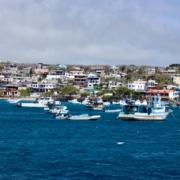Photos Drífa Freysdóttir
First day
The Galapagos archipelago is a fantastic place to visit. The trip generated many good and some great photos. I have chosen to simplify the presentation by recounting each day with the corresponding pictures as we sail along.
We arrived in Isla San Cristobal in the afternoon for our Galapagos adventure. We flew in from Quito with a stopover in Guayaquil. Isla San Cristobal has a small town, and where there are people there will be cats and rats. After arrival the group was promptly rounded up by our crew and our guide. Tourists live aboard boats during their visit, and some boats are bigger than others. We were quartered on a boat for 16 tourists. The boat then sails between the various islands. Inflatable dinghies are used to get ashore. The boat is anchored further out. The small islands we visited were all regulated in number of visitors each day. There were marked paths we were allowed to take, and the guide was vigilant in herding us and making sure we were not transgressing. You can’t come closer to an animal than six feet, but generally they show no fear of humans.

The guide system.
No one is allowed to visit the islands without a guide. After meeting the guide, he was with us at all times. Our guide was a fantastically knowledgeable naturalist Fabian Sanchez. His website is http://galapagossealife.com He has profound respect for the fauna and flora, and was able to convey the facts, but also able to convey his respect and love for life forms in the Galapagos. All the guides working with tourists are employed by the national park. The park collects 100$ from each tourist visiting. https://www.galapagos.org

I am older than 18 “anos” for sure (but for some reason I am getting ads for hearing aids – shame Google. Unripe fruit is still ok – I think).
The giant tortoises of the Galapagos
https://en.wikipedia.org/wiki/Galápagos_tortoise
For my Icelandic readers – Icelandic has only one word “skjaldbaka” but English has two words, one for the land animal i.e. tortoise, and one for sea animal i.e. turtle. In San Cristobal we had some time to visit a tortoise hatchery where work is being done to conserve and reintroduce the Galapagos giant tortoise. https://www.galapagos.org/conservation/our-work/tortoise-restoration/ for instance on Isla Santa Fe. Small tortoises can’t make it where there are rats. Now they are nursed until they become four years old and then they are released into the wild. Efforts are also being made to rid some of the islands of vermin and cats. The afternoon we were visiting it was rather cold. Consequently, the tortoises were seeking shelters and burrowing, thus it was difficult to get a good picture of them. You can believe me when I tell you “they are big.” Notice how the carapace has an upward notch – the tortoise munches on plants and this way can reach higher. Their necks are long (see below). The Galapagos islands sit on the equator but are colder than you would expect. The culprit is the cold Humboldt current – https://en.wikipedia.org/wiki/Humboldt_Current – that sweeps up alongside South America’s coast.

The islands and ocean around are a national park. The waters around the islands are protected from fishing, and visible in the harbor the Coastguard had rounded up some sinners and confiscated the boats – then they will be auctioned off I was told.

San Cristobal harbor – The Coastguard 
Confiscated boats
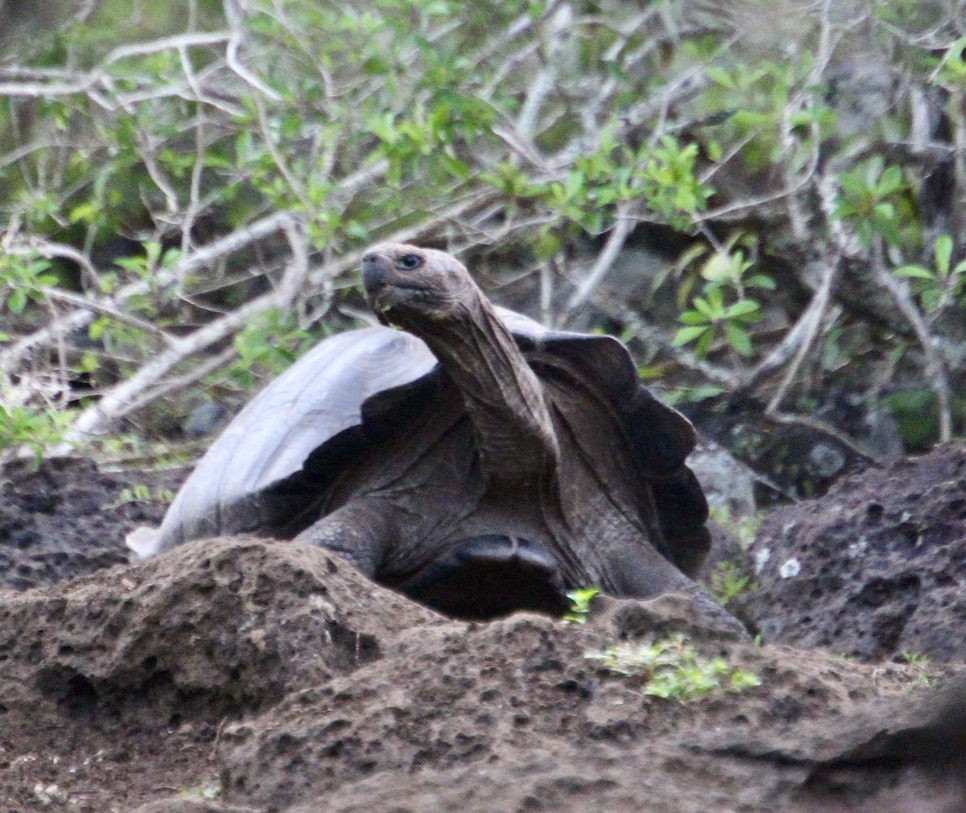
Giant tortoise 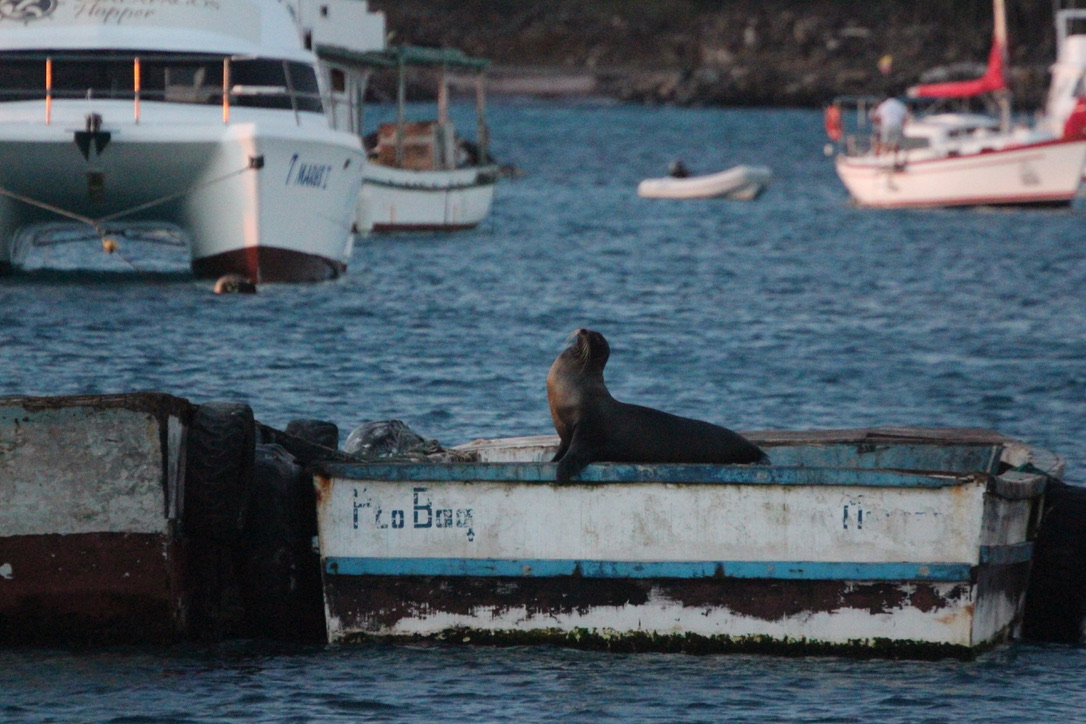
Sea lion 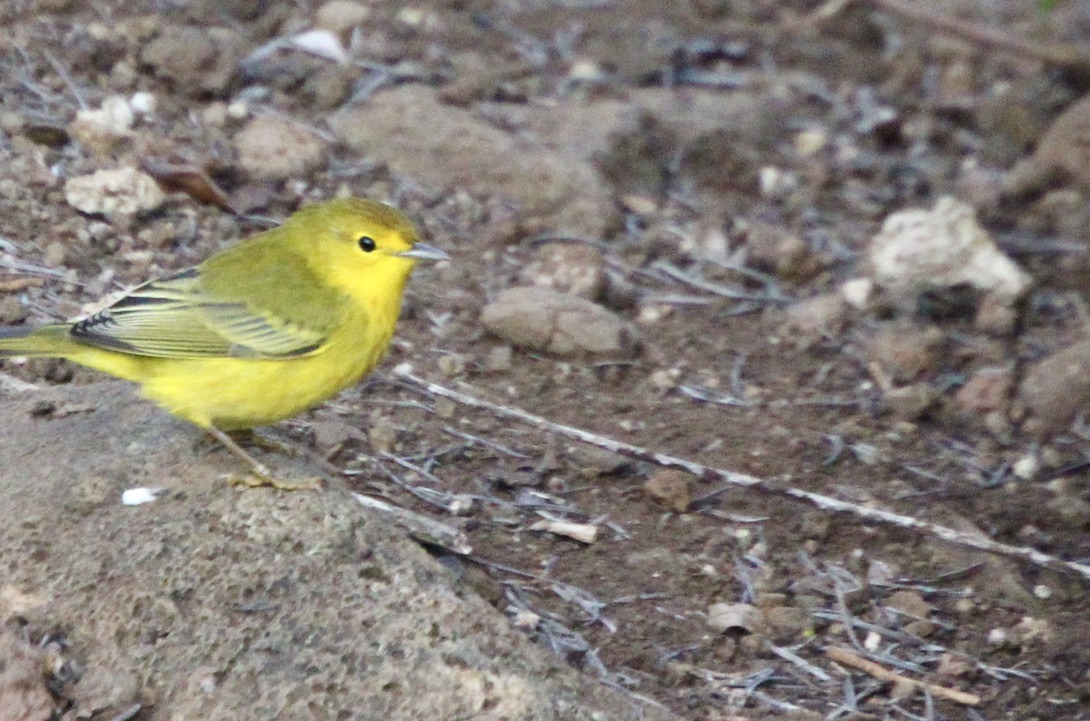
Yellow warbler 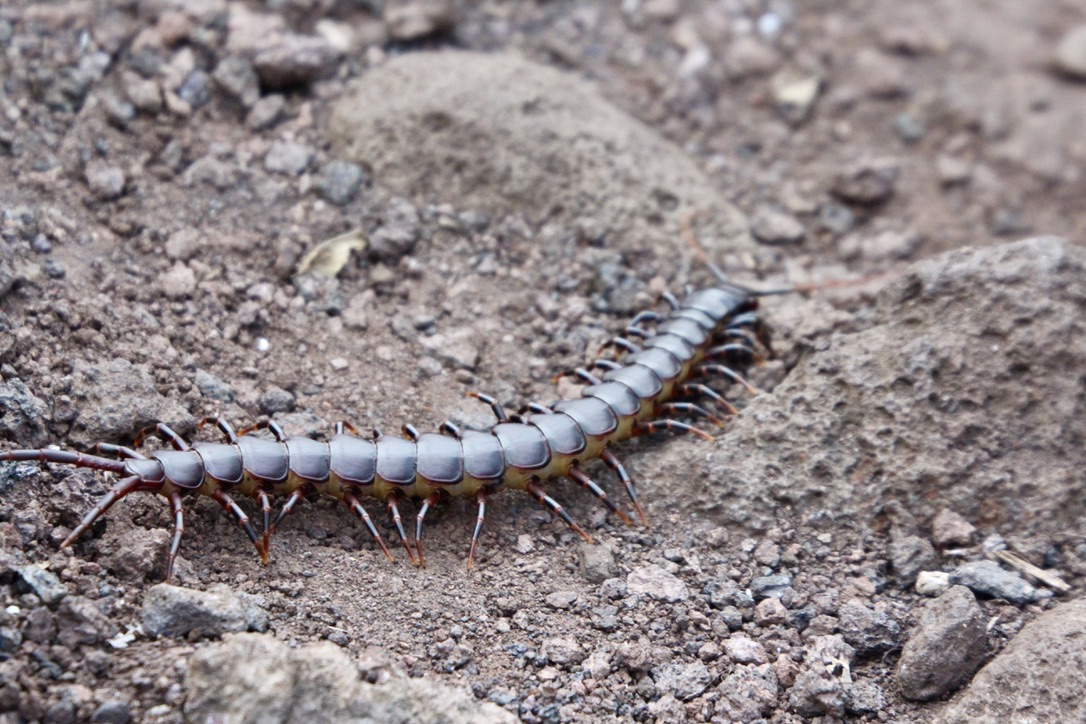
Centipede 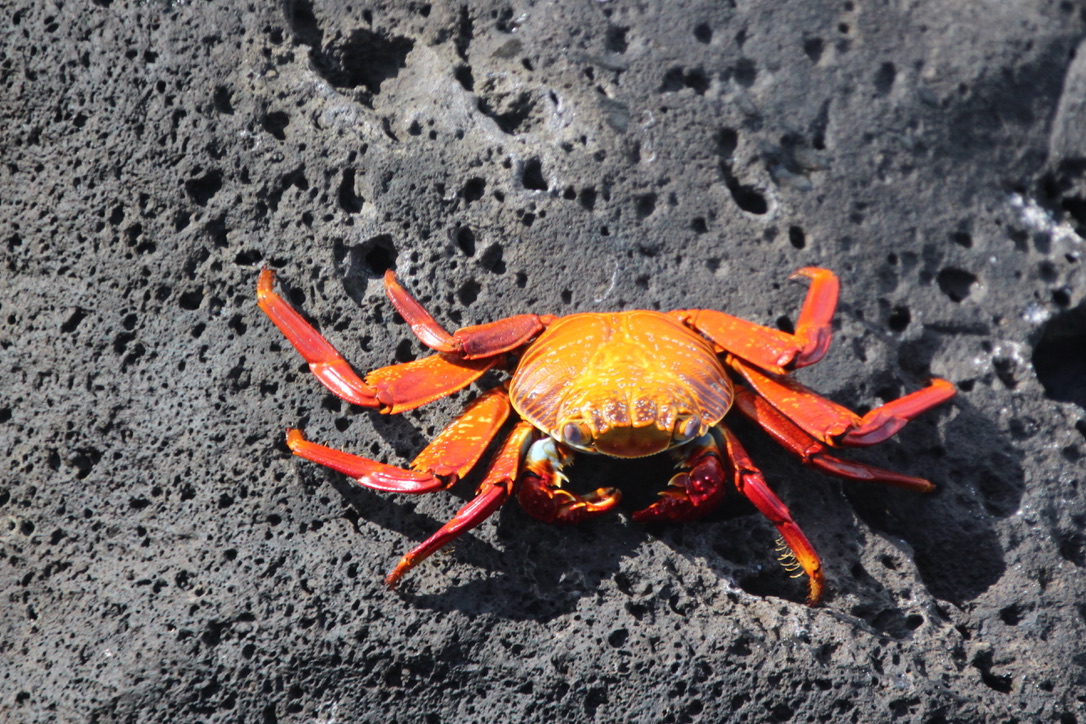
Red rock crab – a.k.a. Sally Lightfoot crab 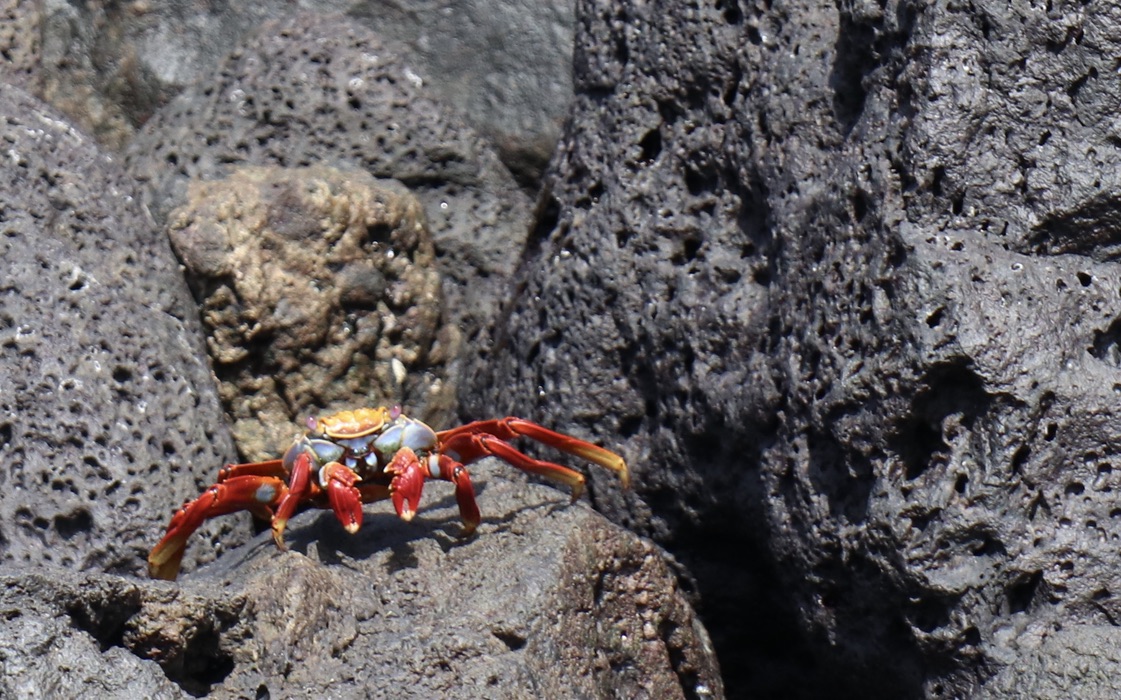
Red rock crab
Next stop will be Isla Espanola.


